1. Comet West - 1976
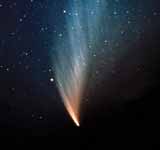
2. X/1106 C1 - 1106
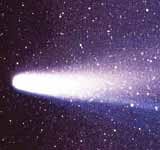
3. Comet Ikeya–Seki - 1965
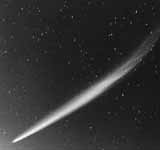
It reaches its maximum magnitude with -10, becomes visible in daylight and has a tail extending 45 degrees from the surface of the sky. These features make the Ikeya-Seki comet one of the most remarkable of the 20th century and earned him the name Great Comet of 1965.
4. C/1861 J1
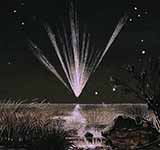
5. Daylight Comet - 1910
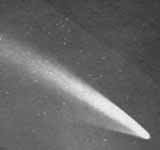
6. Comet Viscara - 1901
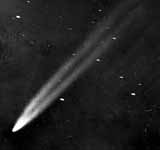
7. Comet Klinkenberg-Chéseaux - 1744
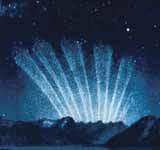
A spectacular and bright comet that was observed in 1743 and 1744, respectively. It was discovered by Jan de Munck on November 29, 1743 in Middelburg, was seen independently on December 9 by Dirk Klinkenberg in Haarlem and on December 13 by Jean-Philippe de Cheesau in Lausanne.
8. C/1556 D1

9. Caesar's Comet - 44 BC

10. Comet Hale–Bopp - 1997

11. Comet Hyakutake - 1996
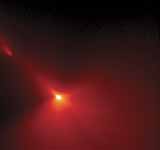
In March 1996, the comet passed relatively close to the Earth its approach was one of the closest approaches of comets to Earth in the last 200 years.
12. Comet Tralles - 1819

C/1819 N1 was the great comet of 1819, it is a parabolic comet of the solar system that has passed to 0,6 UA from Earth. It was visible to the clear by eye, magnitude -2.
13. Great Comet of 1882

At the time of its discovery, the comet was rapidly approaching perihelion, and subsequent orbital studies revealed that it would pass extremely close to the surface of the sun. For several hours before and after the perihelion, the comet could be observed in broad daylight.
14. Comet Arend–Roland - 1957
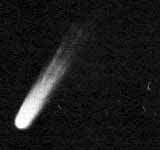
The orbit of this comet has an eccentricity of 1,00024 and has a semi-axis greater than 45,000 AU. Its perihelion takes the same at a distance of 0.31604 AU in relation to the sun.
15. Comet Donati - 1858
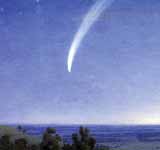
The comet Donati, is a comet named after the Italian astronomer Giovanni Battista Donati who first observed it on June 2, 1858. It is considered as non-periodic. After the Great Comet of 1811, was the brightest comet observed in the 19th century.
16. Comet Halley - 1910
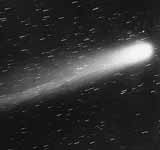
17. Comet McNaught - 2007

Robert McNaught discovered the comet with a 50 cm Schmidt telescope as part of the Siding Spring Survey. The night sky is regularly monitored for new asteroids and comets. It was McNaughts 31st comet discovery.
18. Comet Skjellerup–Maristany - 1927

The particular configuration between the Earth, the comet and the Sun that took place between 15 and 16 December 1927, made the comet particularly spectacular, brighter than Venus, approached a magnitude between -8 and -9 and observers that shielded the Sun they were able to observe it easily even during the day.
19. Great Comet of 1264

20. Great Comet of 1577

21. Great Comet of 1811

The comet is observed for the first time by Honoré Flaugergues since Viviers March 25, 1811, while it was still halfway between the Sun and Jupiter. The star was then located in the constellation of Poupe, low on the horizon.
22. Great March Comet - 1843

23. Newton's Comet - 1680

24. Coggia's Comet - 1874
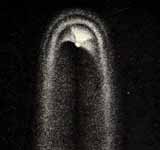
The comet was observed by the French astronomer Jérôme Eugène Coggia on April 17, 1874. On July 9 of the same year he made his way through perihelion. It was a solar flush comet of short period that could be observed from the beginning of June to the month of August of the same year.
25. Comet Lovejoy - 2011


